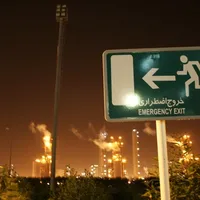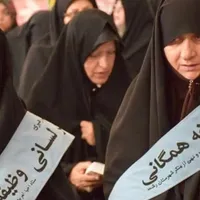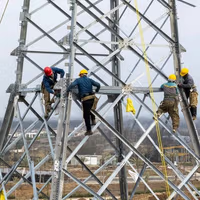“Meat consumption in Iran is deeply unequal—some eat nothing, while others manage 20 kilograms a year,” Rasouli said on Sunday, pointing to the vast economic inequalities in the country.
Iran once averaged 18 kilograms of meat consumption per person annually, while the global average remains around 32 kilograms, he added.
“In some countries, especially in South America, people consume up to 100 kilograms of meat per year,” Rasouli said.
Rasouli added that a kilogram of mutton now costs about 10 million rials—around $13—while the average monthly income in Iran is just $200 to $250. With the rial trading near 830,000 to the dollar, even basic food items have become inaccessible for many.
Rasouli added that processed items like sausages and cold cuts have become more expensive than fresh meat.
After years of crippling inflation, averaging around 40 percent annually for five consecutive years, over 30 percent of the population now lives below the poverty line. Food, housing, and healthcare costs have risen sharply, cutting deeply into household consumption.
In April, a World Bank brief about Iran said that with a projected contraction in per-capita GDP, poverty is expected to increase to 20 percent in 2025-2026.
"Poorer households are disproportionately rural, uneducated, female-headed, and have not historically benefited from periods of economic expansion," the report said.
A report released in September by The Statistical Center of Iran showed that since 2022, the divide between rich and poor in Iran continues to widen.










